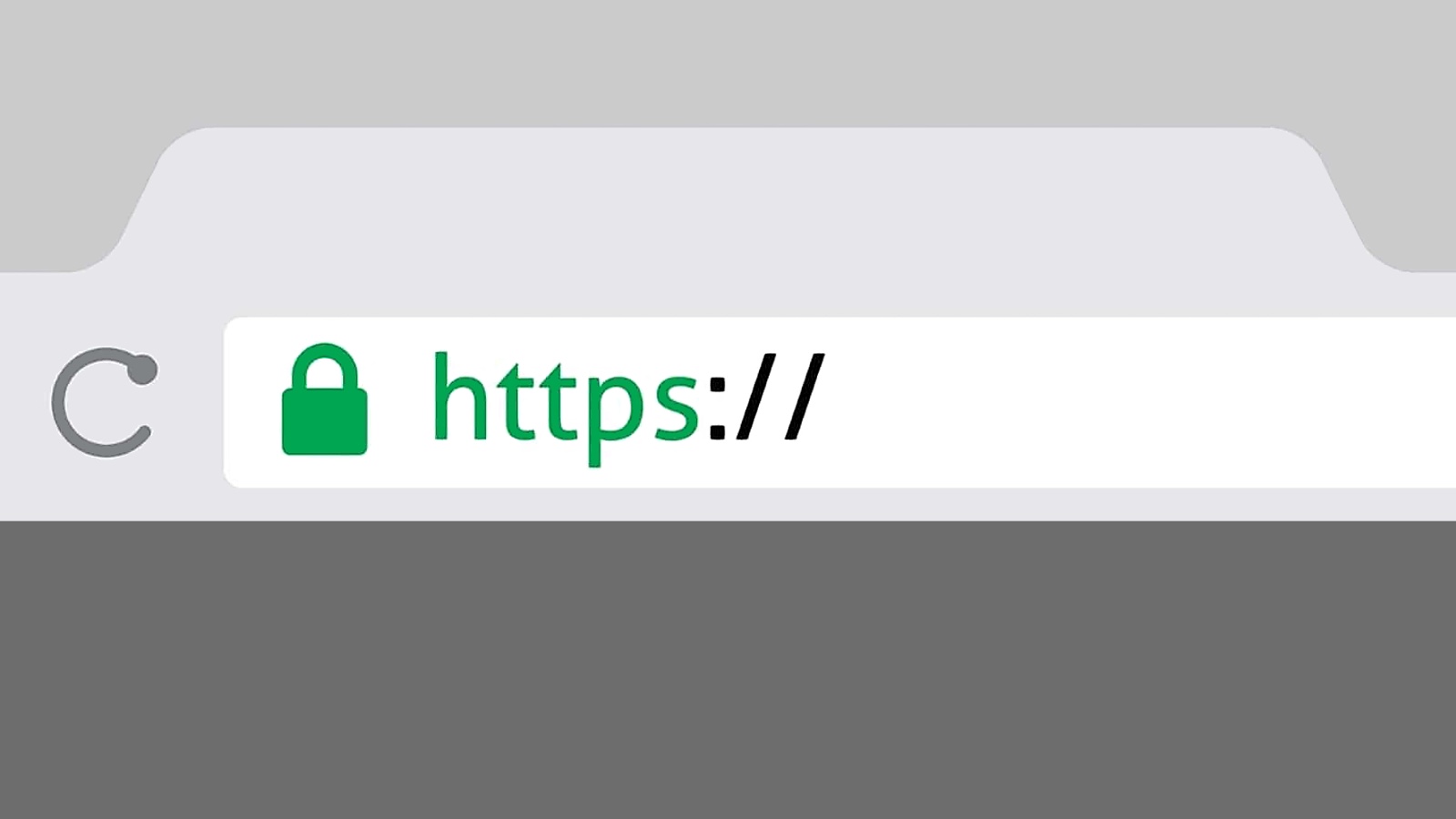Using TLS and SSL for the ’S’ that is added to HTTP, is a security best practice for the web. In recent years, websites have been switching over to using HTTPS for their entire website, not just parts of the site that require credit card and other sensitive information.
While a website can be secured, there could be assets on it that are not, like an image that is served by an external source. The Google Chrome browser along with Android’s mobile browser now block this kind of content. And this could be affecting your emails.
Checking your email’s images
To see if your email’s images are not properly secured, you can just check the URL for an image from one of your emails for whether it has https at the beginning of it. You can also check with your image host. If you are using an email provider for your emails, they will most likely be the ones also hosting your images.
Options for securing your images
If your email provider isn’t securing your images, you may need to upgrade your account to have them do so. Alternatively, you can have your images hosted with a content delivery network like AWS or Google Cloud Storage. Or, even via your website’s server which will most likely already be using HTTPS.
Security and portability
Using your own image host gives you more control over your images, so you’re not tied to an email provider and won't lose images from previous emails if you decide to switch.
The web going all in on HTTPS is inevitable. And we should do our part to embrace it for a more secure experience for everyone opening our emails.
"The web going all in on HTTPS is inevitable. And we should do our part to embrace it for a more secure experience for everyone opening our emails."
Tweet This
If you use Blocks Edit to build your emails, you can connect to your own image host and automate the process of adding in your images.


